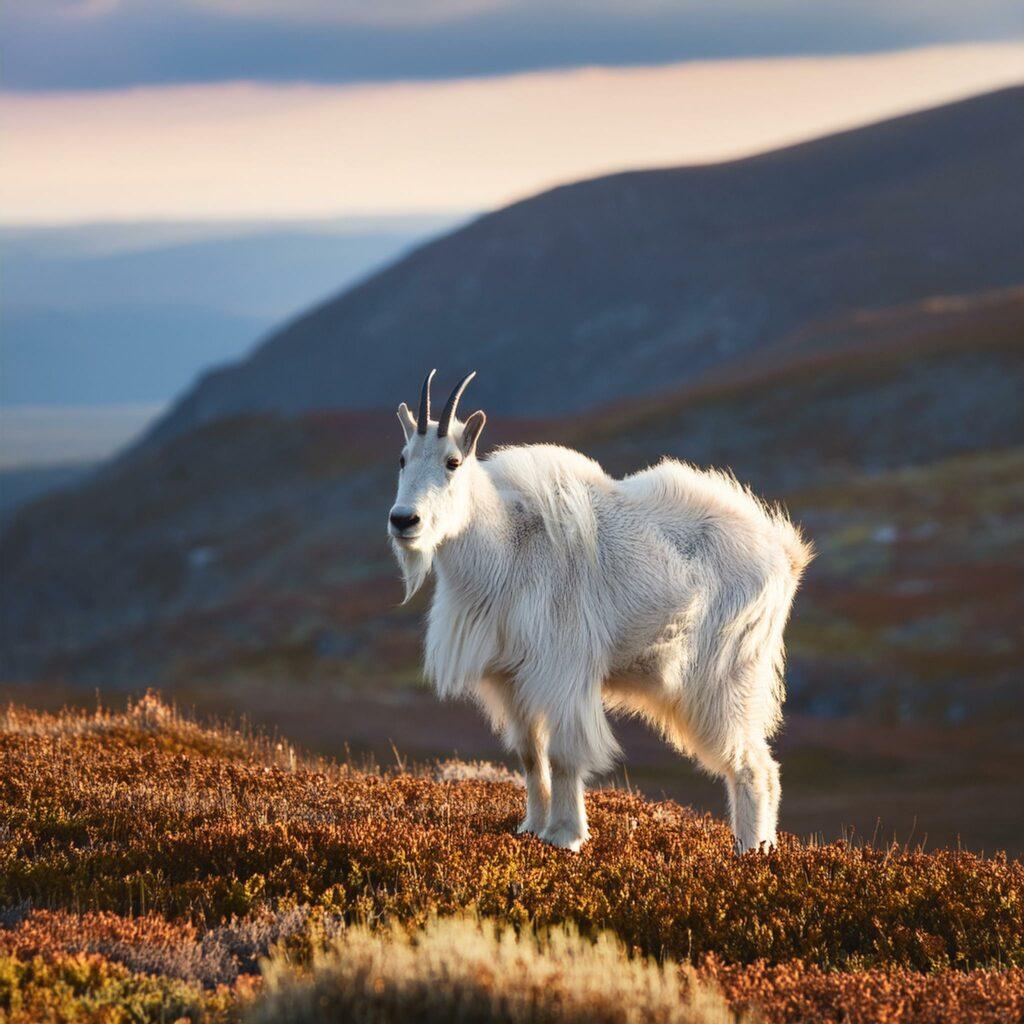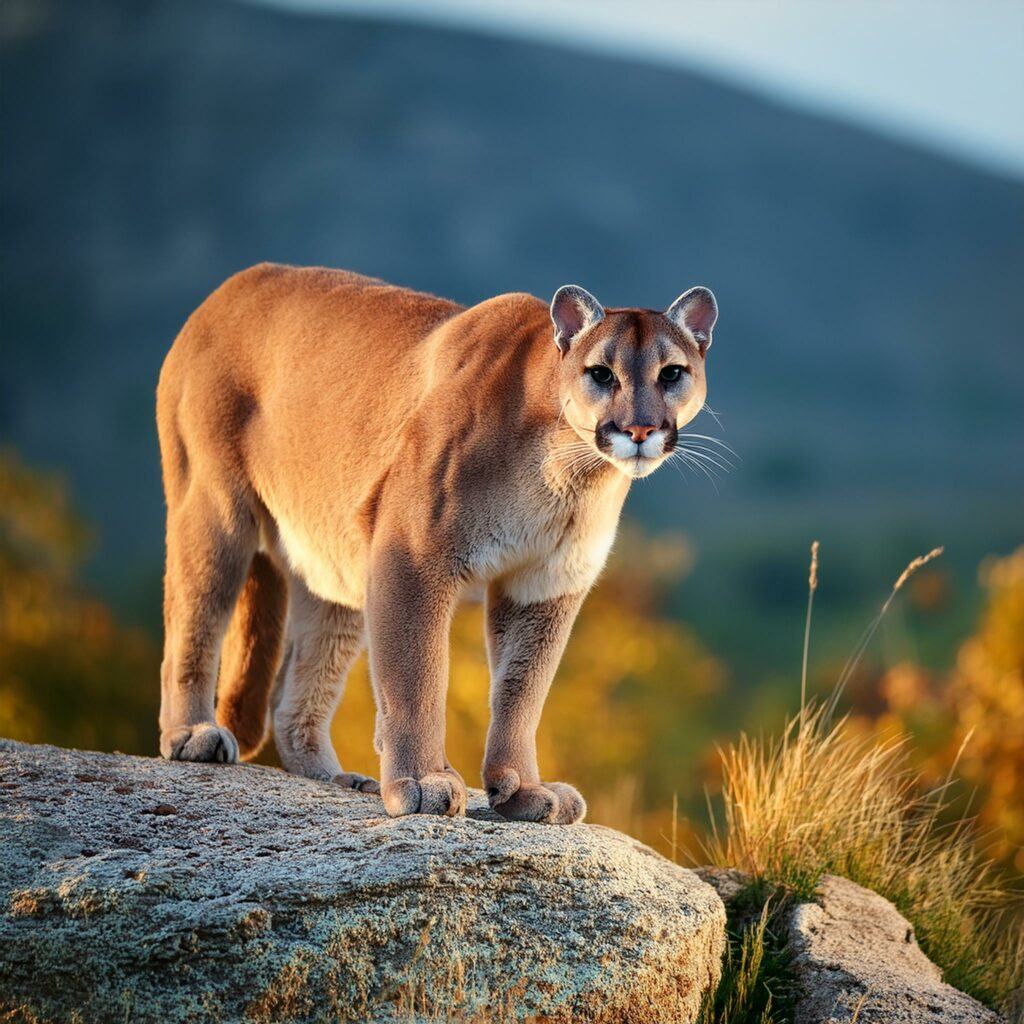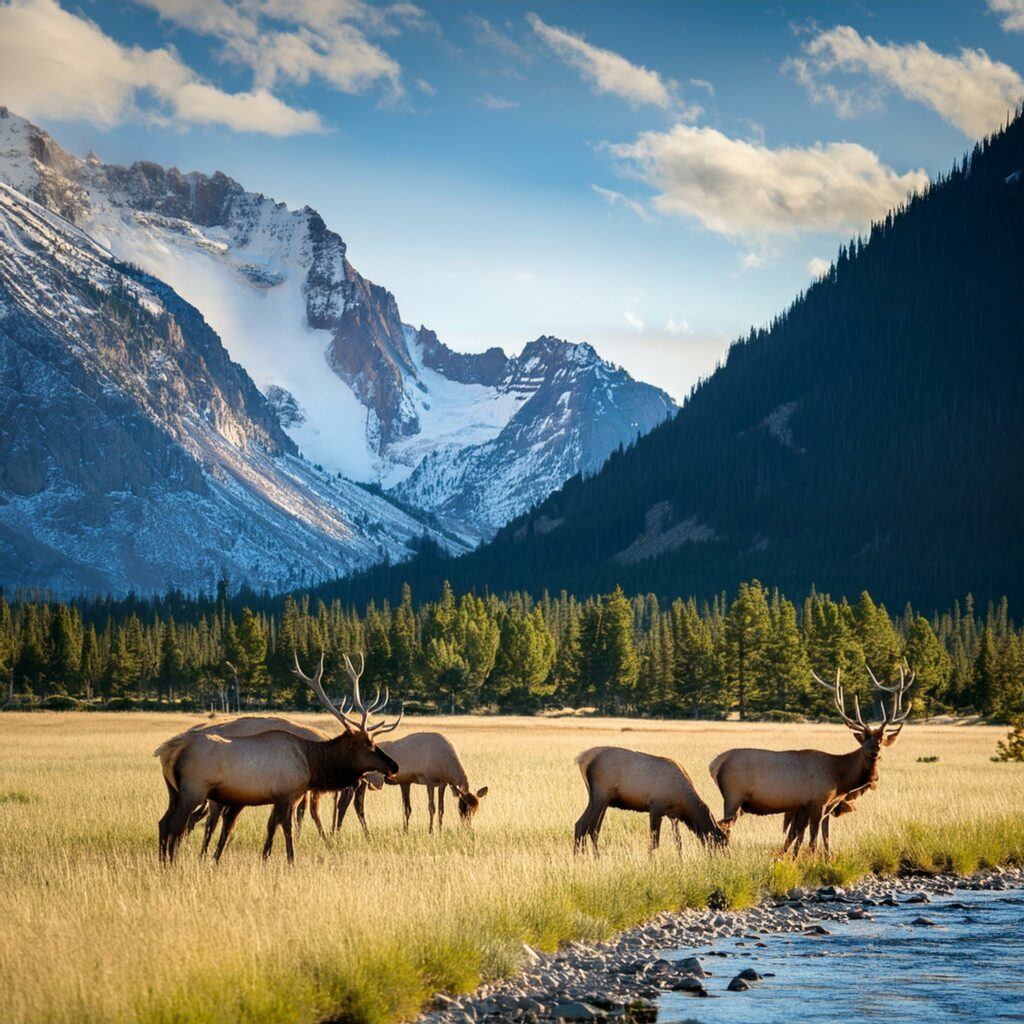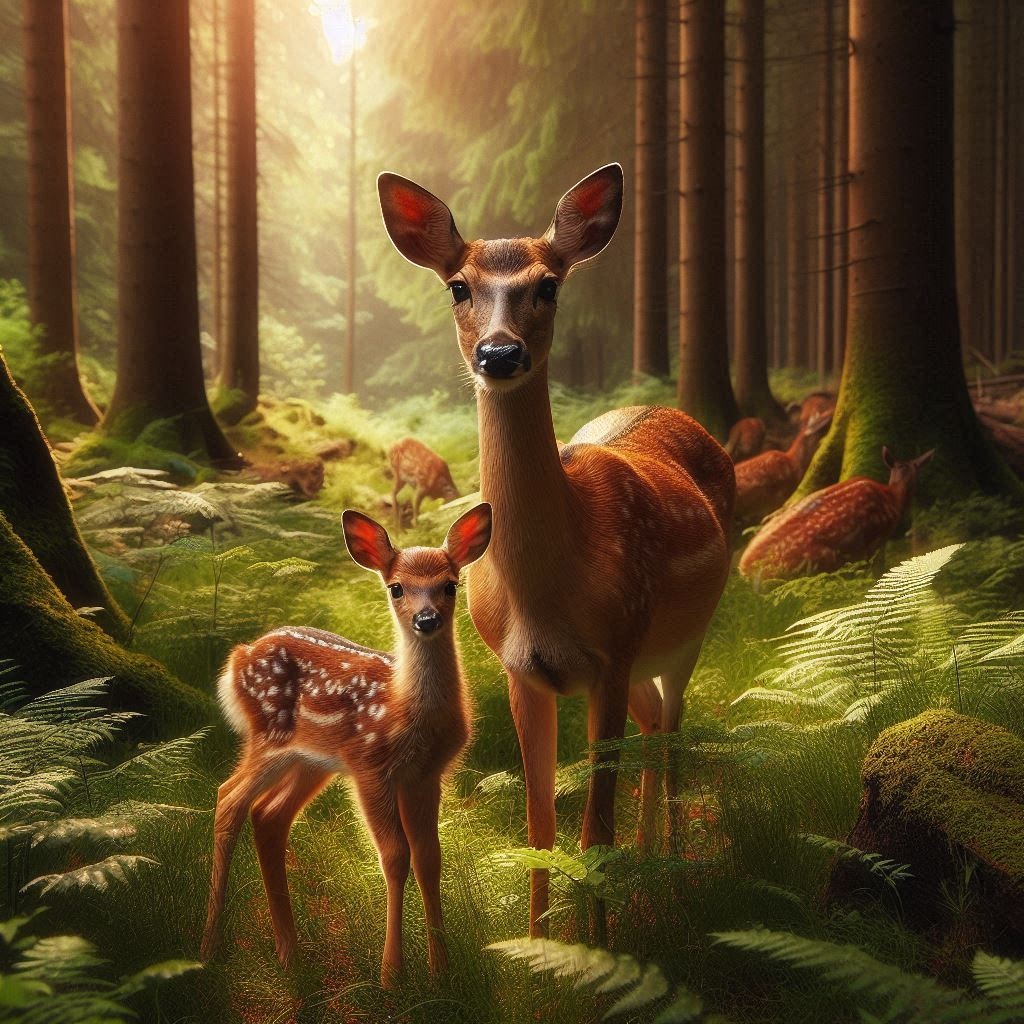The Western Mountain Ranges are like nature’s quilt, stitched together with a variety of unique ecosystems that offer a peek into the planet’s biodiversity. From the icy heights of the alpine tundra to the drizzly depths of temperate rainforests, each habitat teems with life and tells its own story.

Starting with the alpine tundra, picture a place where only the toughest survive. This area sits above the tree line and is home to resilient plants like alpine avens and moss campion. Wildlife here includes nimble pikas and sturdy mountain goats, navigating the rocky terrain with remarkable ease.
Descending to the subalpine forests, the landscape transforms into dense woodlands filled with spruce and fir trees. These forests provide a cozy home for creatures like elk, black bears, and an array of bird species. The interplay between the trees and underbrush creates a vibrant mosaic of life.
Further down, the temperate rainforests might surprise you with their lushness. Picture towering trees wrapped in moss, courtesy of the high precipitation levels. Here, the flora gets a major boost from all that moisture, allowing for ferns, fungi, and a host of other plants to thrive. This verdant environment also supports a different mix of wildlife, including spotted owls and Pacific salmon navigating through the streams.
Elevation and climate play significant roles in shaping these ecosystems. The higher you go, the colder and windier it gets, leading to different types of flora and fauna adapting to these conditions. Conversely, lower elevations with more moderate climates host a greater diversity of species.
What makes these ecosystems even more fascinating is the interaction between flora and fauna. Plants provide food and shelter, while animals contribute to the pollination and seed dispersal of various plant species. Each element in these ecosystems relies on another, creating a balanced web of life.
Iconic Wildlife Species
The Western Mountain Ranges are bursting at the seams with iconic wildlife, each species contributing to the unique tapestry of these regions. Let’s zoom in on some of the standout residents.

First on the list are mammal heavyweights: bears, mountain lions, elk, and bighorn sheep. Bears, especially the grizzly, are often seen lumbering through forests in search of berries and fish. Mountain lions, elusive and majestic, roam the mountains silently, a sight even seasoned hikers get thrilled about. Elk are the giants of the forest, often seen in herds grazing or migrating. Bighorn sheep, with their impressive spiral horns, are true rock climbers, expertly navigating steep, rocky slopes.
Bird enthusiasts are in for a treat with species like golden eagles and peregrine falcons dominating the skies. Golden eagles are known for their powerful build and incredible hunting skills, often spotted soaring high, scanning the ground for prey. Peregrine falcons, speed demons of the bird world, use their rapid dives to catch fast-moving targets, providing an exhilarating display of nature’s prowess.
Amphibians and reptiles add another layer of intrigue. Consider the mountain yellow-legged frog, thriving in high-altitude lakes, or the western rattlesnake, basking on sunny outcrops. These creatures play crucial roles in pest control and maintaining the ecological balance of the mountain ranges.
Conservation efforts are critical for many of these species, especially those endemic to these regions. The wolverine, rarely seen but vital to the ecosystem, and the California condor, making a slow comeback from near extinction, remind us of the delicate balance required to maintain biodiversity. Conservationists are actively working to protect these animals through habitat preservation, anti-poaching laws, and awareness campaigns.
Seasonal Behaviors and Migration Patterns

Seasonal changes in the Western Mountain Ranges bring about fascinating shifts in wildlife behavior, a living spectacle that showcases nature’s adaptability.
As temperatures drop and snow blankets the higher elevations, animals like elk and deer move to lower grounds in search of food and milder conditions. These migrations are essential for their survival, and they follow historic routes, often spanning many miles. Meanwhile, mountain goats tough it out at higher altitudes, demonstrating incredible adaptability to harsh winter conditions.
Bird migrations are another captivating aspect. Golden eagles and other raptors often migrate to warmer regions, while some bird species, like the ptarmigan, stick around, switching to snow-white plumage to blend into the winter landscape. Watching these avian journeys can offer a deeper appreciation of the instinctive drive for survival.

Breeding and birthing seasons add another dimension to the mountain’s wildlife dynamics. Springtime sees an explosion of new life, from bear cubs emerging from dens to deer fawns taking their first steps. This period is crucial for wildlife, and it’s a time when many park services impose restrictions to minimize human interference and ensure these animals have the best chance of thriving.
Winter survival strategies are nothing short of ingenious. Many animals, like bears, enter hibernation, slowing their metabolism to conserve energy. Smaller mammals, such as pika, stockpile food in their burrows to last through the cold months. This period tests the resilience of wildlife, revealing the remarkable strategies these creatures use to endure the toughest season.
Human Impact and Conservation Strategies
Human presence in the Western Mountain Ranges is a double-edged sword. While visitors marvel at the beauty, the pressure from tourism, mining, and climate change takes a toll on the environment and its wildlife. Look at the footprints we leave behind and the ongoing efforts to balance human activity with conservation.
Tourism is a major player in this equation. While it brings awareness and funds for conservation, it also means more trails, campsites, and overall human activity that can disturb wildlife. Simple actions, like staying on designated paths and packing out trash, can make a huge difference in minimizing our impact.
Mining and other extractive industries pose significant threats. They often lead to habitat destruction and pollution. Regulations are getting stricter, but industries and governments must work hand in hand to ensure sustainable practices. It’s a fine line to walk, balancing economic benefits with long-term ecological health.
Climate change is perhaps the most daunting challenge. Shifts in temperature and weather patterns affect the entire ecosystem, from altering migration routes to influencing the timing of plant and animal life cycles. Renewable energy projects and carbon footprint reductions are just some of the measures that can help mitigate these effects.
But it’s not all gloom and doom. There are success stories worth celebrating. For instance, the reintroduction of the gray wolf to certain areas has helped restore ecological balance. Local communities, too, play a vital role. Education and community engagement lead to grassroots conservation efforts that yield impressive results.
Looking ahead, innovative strategies are key. Think drone monitoring for wildlife tracking or AI-powered tools to predict environmental changes. These technologies offer new ways to understand and protect these precious ecosystems. Working together, scientists, policymakers, and everyday people can ensure that the Western Mountain Ranges remain a sanctuary for wildlife.





